Home>Home Appliances>Laundry Appliances>How Hot Is Warm On A Washing Machine
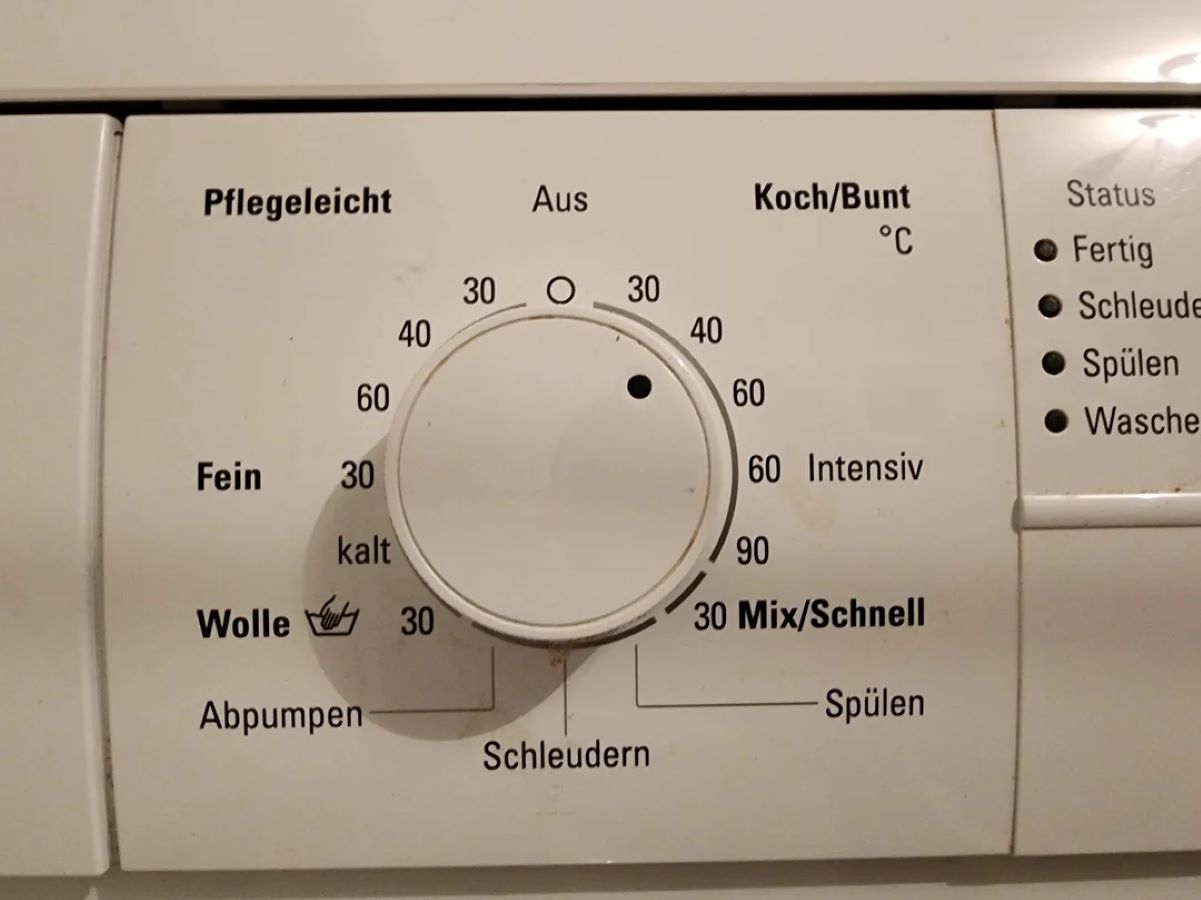

Laundry Appliances
How Hot Is Warm On A Washing Machine
Published: February 22, 2024
Find out the ideal temperature for washing laundry appliances. Discover how hot is warm on a washing machine and keep your laundry looking its best.
(Many of the links in this article redirect to a specific reviewed product. Your purchase of these products through affiliate links helps to generate commission for Storables.com, at no extra cost. Learn more)
Understanding the Temperature Settings
When it comes to doing laundry, understanding the temperature settings on your washing machine is crucial for achieving the best results. Most modern washing machines offer a range of temperature options, typically including cold, warm, and hot settings. Each of these settings serves a specific purpose and is designed to cater to different types of fabrics and levels of soiling. Let's delve into the nuances of these temperature settings to gain a better understanding of how they work and when to use them.
Read more: What Is Eco Warm On Washer
Cold Water
The cold water setting on a washing machine is ideal for delicate fabrics that are prone to shrinking or fading, such as silk, wool, and certain types of synthetic materials. Additionally, cold water is effective in preventing colors from bleeding, making it suitable for vibrant or dark-colored garments. Using cold water also helps to conserve energy, as the machine does not need to expend additional power to heat the water.
Warm Water
The warm water setting on a washing machine typically ranges from around 90°F to 110°F (32°C to 43°C). This temperature strikes a balance between the gentleness of cold water and the effectiveness of hot water. Warm water is particularly useful for everyday laundry items, including cotton t-shirts, linens, and towels. It aids in removing dirt and stains more effectively than cold water while still being gentle enough to prevent excessive wear and tear on the fabrics.
Hot Water
The hot water setting, which generally reaches temperatures of 130°F (54°C) and above, is reserved for heavily soiled items and fabrics that can withstand higher temperatures, such as sturdy cottons and linens. Hot water is effective in killing bacteria and allergens, making it suitable for items like bedding, towels, and undergarments. It is important to note that while hot water is excellent for deep cleaning, it can cause certain fabrics to shrink or fade, so it should be used judiciously.
Understanding the temperature settings on your washing machine empowers you to make informed decisions when laundering different types of clothing and linens. By leveraging the appropriate temperature setting, you can ensure that your laundry is cleaned effectively while preserving the integrity of the fabrics.
In the subsequent sections, we will explore the benefits of using warm water, the impact of temperature settings on energy consumption, guidelines for choosing the right temperature for different fabrics, and valuable tips for washing with warm water.
Key Takeaways:
- Choose the right temperature setting for your laundry to preserve fabric quality. Cold water for delicate items, warm for everyday clothes, and hot for heavily soiled items. Make informed decisions for effective cleaning.
- Incorporating warm water into your laundry routine enhances stain removal, detergent performance, and fabric care. Sort laundry wisely, pre-treat stains, and use the right detergent for optimal results.
Benefits of Using Warm Water
Using warm water in your washing machine offers a multitude of benefits that can significantly enhance the effectiveness of your laundry routine. The moderate temperature of warm water, typically ranging from 90°F to 110°F (32°C to 43°C), strikes a perfect balance between the gentleness of cold water and the robust cleaning power of hot water. Here are the key advantages of incorporating warm water into your laundry regimen:
-
Enhanced Stain Removal: Warm water is highly effective in loosening and dissolving tough stains and soils from fabrics. When compared to cold water, warm water facilitates the breakdown of oils and greases, making it particularly beneficial for items like kitchen towels, clothing stained with food or body oils, and everyday garments that accumulate dirt and grime.
-
Improved Detergent Performance: The warmth of the water helps detergents to dissolve and activate more efficiently, thereby enhancing their cleaning capabilities. This synergy between warm water and detergent ensures that your laundry receives a thorough and effective cleansing, resulting in fresher and cleaner clothes.
-
Sanitization: While not as intense as hot water, warm water still possesses the ability to eliminate a significant portion of bacteria and allergens from your laundry. This makes it an excellent choice for items like bedding, towels, and undergarments, where maintaining hygiene is paramount.
-
Effective for Certain Fabrics: Some fabrics, such as cotton and linen, respond exceptionally well to warm water. It helps to relax the fibers, allowing for a more thorough cleaning without subjecting the fabrics to the potential shrinkage or color fading associated with hot water.
-
Balanced Care for Various Items: Warm water is versatile and can be used for a wide range of laundry items, including everyday clothing, linens, and towels. It strikes a harmonious balance between cleaning efficacy and fabric care, making it a go-to option for many laundry needs.
Incorporating warm water into your laundry routine can elevate the cleanliness and freshness of your garments and linens. By harnessing the benefits of warm water, you can effectively tackle stains, enhance the performance of detergents, and ensure a thorough sanitization of your laundry items. This versatile temperature setting offers a compelling middle ground between the gentleness of cold water and the robust cleaning power of hot water, making it an invaluable asset in your quest for immaculate laundry results.
Impact on Energy Consumption
The temperature setting you choose for your laundry directly impacts the energy consumption of your washing machine. Understanding the correlation between temperature settings and energy usage is essential for making informed decisions that align with your energy efficiency goals. Let's delve into the impact of temperature settings on energy consumption to gain a comprehensive understanding of this crucial aspect of laundry care.
Cold Water and Energy Efficiency
Opting for the cold water setting on your washing machine is a prudent choice for conserving energy. Unlike warm or hot water settings, which require the machine to heat the water to the desired temperature, using cold water eliminates the need for energy-intensive water heating. This translates to significant energy savings over time, contributing to a more eco-friendly and cost-effective laundry routine.
Warm Water and Energy Consumption
While warm water offers enhanced cleaning power compared to cold water, it does entail a moderate increase in energy consumption. The washing machine needs to expend energy to heat the water to the specified warm temperature, resulting in higher energy usage compared to the cold water setting. However, it's important to note that the energy consumption associated with warm water is still considerably lower than that of hot water, making it a relatively energy-efficient option for everyday laundry needs.
Hot Water and Energy Expenditure
The hot water setting on a washing machine demands the most significant energy expenditure among the temperature options. Heating water to higher temperatures requires a substantial amount of energy, leading to increased operational costs and a higher environmental impact. While hot water is indispensable for deep cleaning heavily soiled items and achieving optimal sanitization, it's essential to use this setting judiciously to minimize energy consumption and promote sustainability.
Energy-Efficient Practices
To further optimize energy efficiency in your laundry routine, consider implementing the following practices:
-
Utilize Cold Water When Feasible: For lightly soiled items and garments that don't necessitate warm or hot water, opt for the energy-efficient cold water setting to minimize energy consumption.
-
Leverage Warm Water for Moderate Soiling: When dealing with moderately soiled laundry, such as everyday clothing and linens, using warm water strikes a balance between effective cleaning and reasonable energy usage.
-
Reserve Hot Water for Specific Needs: Save the hot water setting for heavily soiled items, bedding, and towels that require thorough sanitization, ensuring that the energy-intensive option is employed only when truly essential.
By understanding the impact of temperature settings on energy consumption and adopting energy-efficient practices, you can optimize the environmental sustainability of your laundry routine while effectively maintaining the cleanliness and freshness of your garments and linens.
Choosing the Right Temperature for Different Fabrics
Selecting the appropriate temperature setting for laundering different fabrics is pivotal in preserving their integrity while ensuring effective cleaning. Understanding the characteristics of various fabrics and their corresponding temperature requirements is essential for maintaining the quality and longevity of clothing and linens. Let's explore the optimal temperature considerations for a range of fabrics:
Cotton and Linen
Cotton and linen are durable fabrics that respond well to warm water. A warm water setting, typically ranging from 90°F to 110°F (32°C to 43°C), effectively cleans these materials without subjecting them to the potential shrinkage or color fading associated with hot water. This moderate temperature strikes a harmonious balance between thorough cleaning and gentle fabric care, making it an ideal choice for everyday clothing, linens, and towels made from these fabrics.
Synthetic Fabrics
Synthetic fabrics, including polyester, nylon, and spandex, are best laundered using cold water. The gentle nature of cold water helps prevent these materials from shrinking or losing their shape, preserving their elasticity and overall quality. Additionally, cold water aids in preventing color bleeding, making it a suitable choice for vibrant or dark-colored synthetic garments.
Read also: 10 Incredible Hot Pressure Washer For 2024
Wool and Delicates
Delicate fabrics such as wool, silk, and cashmere necessitate the utmost care during laundering. The cold water setting is the preferred choice for these materials, as it minimizes the risk of shrinkage and maintains the delicate nature of the fibers. Furthermore, using cold water helps to preserve the vibrant colors and soft texture of these fabrics, ensuring that they retain their luxurious appeal over time.
Sturdy Fabrics and Heavily Soiled Items
For heavily soiled items and sturdy fabrics such as denim and cotton towels, the warm water setting proves to be highly effective. The moderate warmth aids in loosening tough stains and soils while ensuring thorough cleaning. In instances where deep sanitization is required, the hot water setting can be employed, provided that the fabrics can withstand the higher temperatures without adverse effects.
General Guidelines
When in doubt, it is advisable to refer to the care labels on clothing and linens for specific temperature recommendations. Additionally, separating laundry based on fabric types and soiling levels allows for targeted temperature settings, ensuring that each item receives the optimal treatment for its unique requirements.
By aligning the temperature settings of your washing machine with the specific needs of different fabrics, you can uphold the quality, appearance, and longevity of your clothing and linens while achieving impeccable cleaning results. This tailored approach to temperature selection ensures that each fabric type receives the care it deserves, contributing to a well-maintained and enduring wardrobe and household linens.
Tips for Washing with Warm Water
Washing laundry with warm water presents a myriad of benefits, from effective stain removal to enhanced detergent performance. To maximize the advantages of utilizing warm water in your washing machine, consider the following tips for achieving optimal results:
-
Sort Laundry Wisely: Prior to starting a warm water wash cycle, it's essential to sort your laundry based on fabric type, color, and level of soiling. This practice ensures that similar items are washed together, allowing for targeted treatment and preventing potential color bleeding or fabric damage.
-
Pre-Treat Stains: For stubborn stains, pre-treating the affected areas with a high-quality stain remover or a mixture of detergent and water can significantly boost the effectiveness of warm water in lifting and dissolving the stains. This proactive approach helps to ensure that the warm water can thoroughly penetrate the fabric and tackle the blemishes.
-
Use the Right Detergent: Selecting a detergent specifically formulated for warm water washing is crucial for achieving optimal results. These detergents are designed to activate and perform effectively at moderate temperatures, maximizing their cleaning power and ensuring that your laundry emerges fresh and spotless.
-
Leverage Soak Time: Allowing your laundry to soak in warm water for a brief period before initiating the wash cycle can enhance the cleaning process, particularly for heavily soiled items. This brief soaking period enables the warm water and detergent to penetrate the fabrics, loosening dirt and stains for more thorough removal during the wash cycle.
-
Avoid Overcrowding: Overloading the washing machine with an excessive amount of laundry can impede the effectiveness of warm water washing. Ensuring that there is ample space for the water and detergent to circulate around the garments promotes better cleaning and prevents potential tangling or wrinkling of the items.
-
Maintain Moderate Spin Speed: When utilizing warm water, opting for a moderate spin speed during the wash cycle helps to preserve the integrity of the fabrics. This gentle approach minimizes excessive agitation and friction, safeguarding the quality and longevity of your clothing and linens.
-
Consider Fabric Softeners: For certain items, incorporating a fabric softener designed for warm water washing can impart a pleasant softness and fragrance to your laundry. However, it's important to use fabric softeners judiciously, as excessive use can compromise the absorbency of towels and certain fabrics.
By implementing these tips, you can harness the full potential of warm water washing, ensuring that your laundry receives thorough cleaning while preserving the quality and appearance of your garments and linens. With strategic pre-treatment, appropriate detergents, and mindful washing practices, warm water becomes a powerful ally in your quest for impeccably clean and fresh laundry.
Frequently Asked Questions about How Hot Is Warm On A Washing Machine
Was this page helpful?
At Storables.com, we guarantee accurate and reliable information. Our content, validated by Expert Board Contributors, is crafted following stringent Editorial Policies. We're committed to providing you with well-researched, expert-backed insights for all your informational needs.
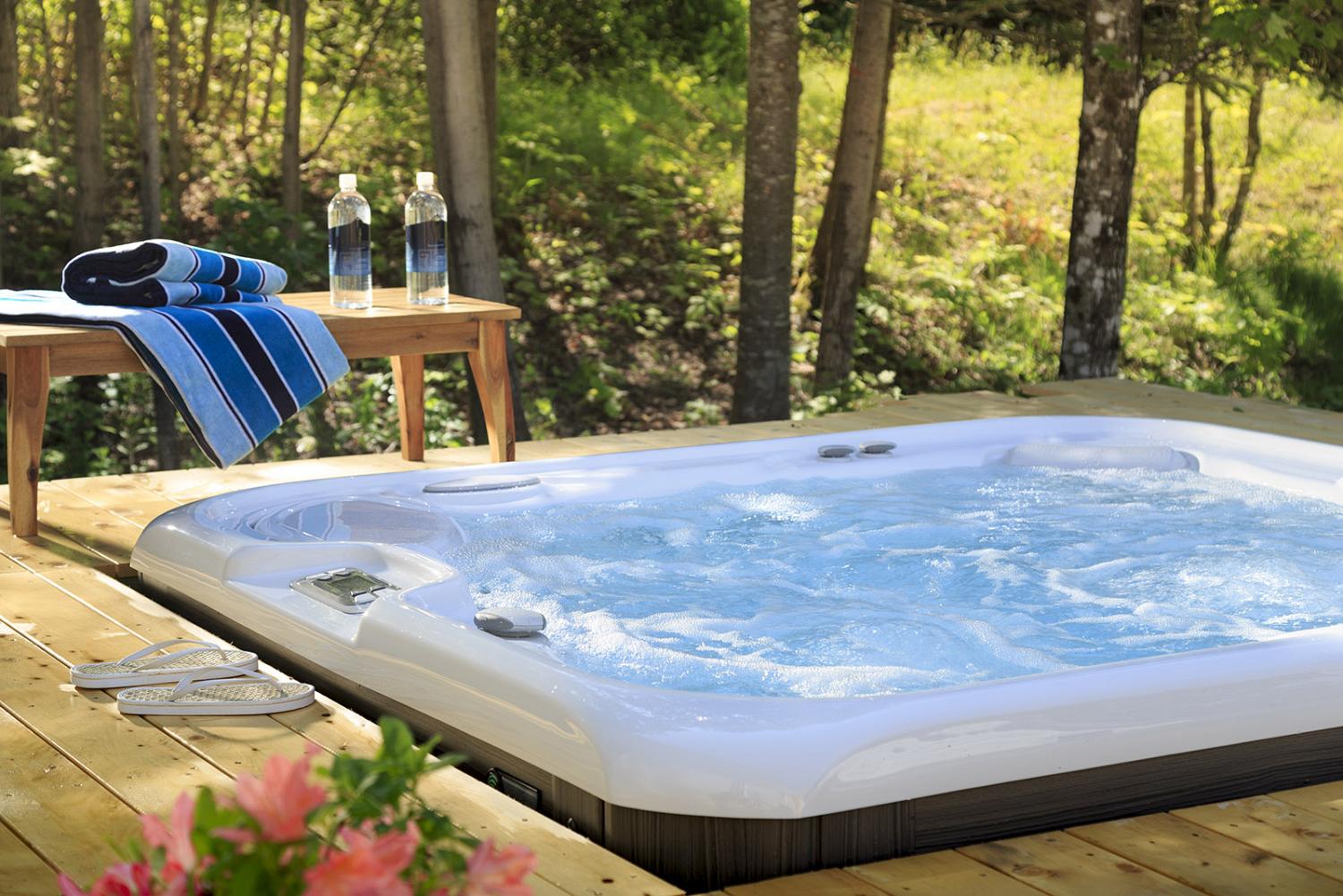

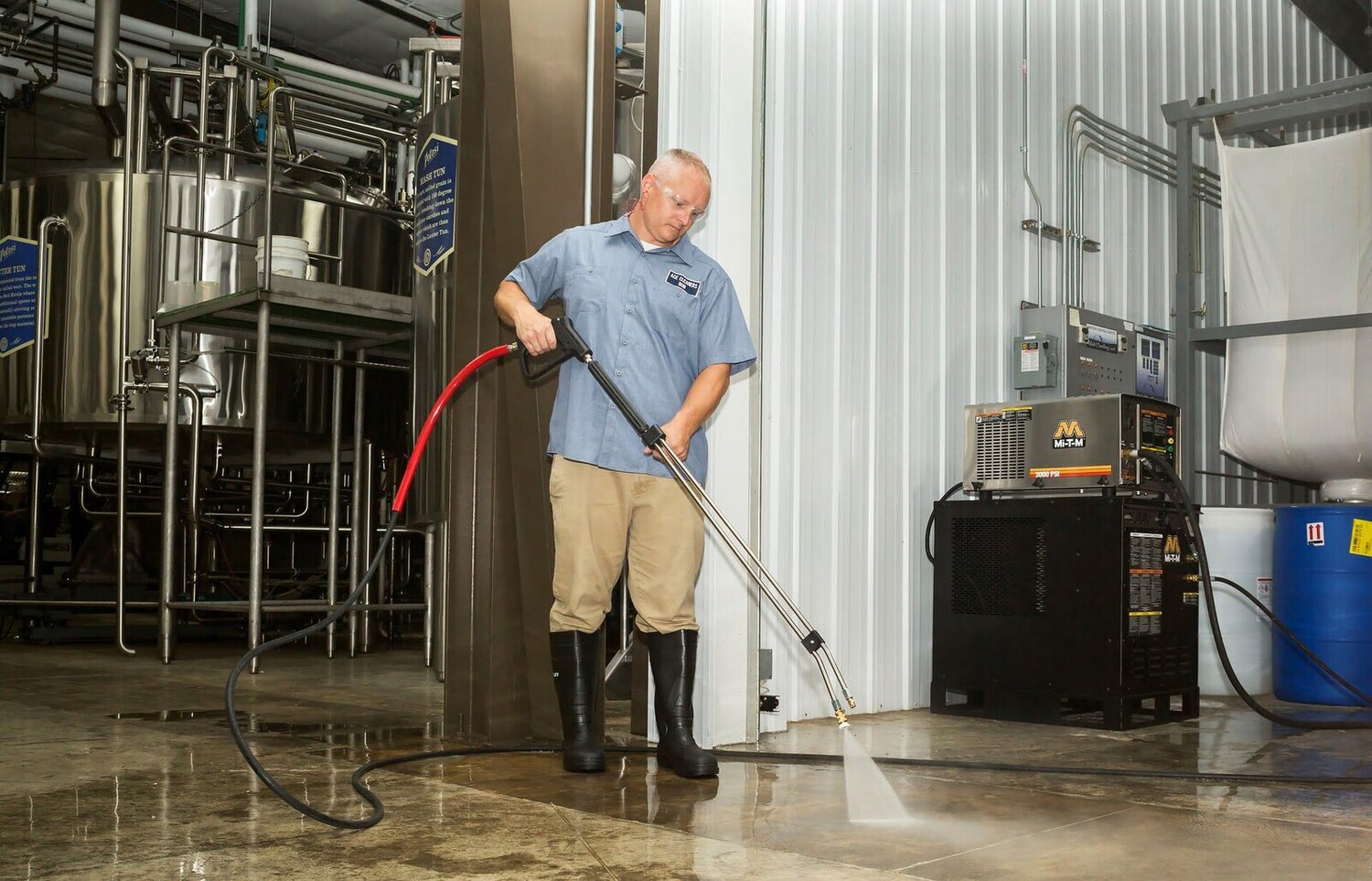
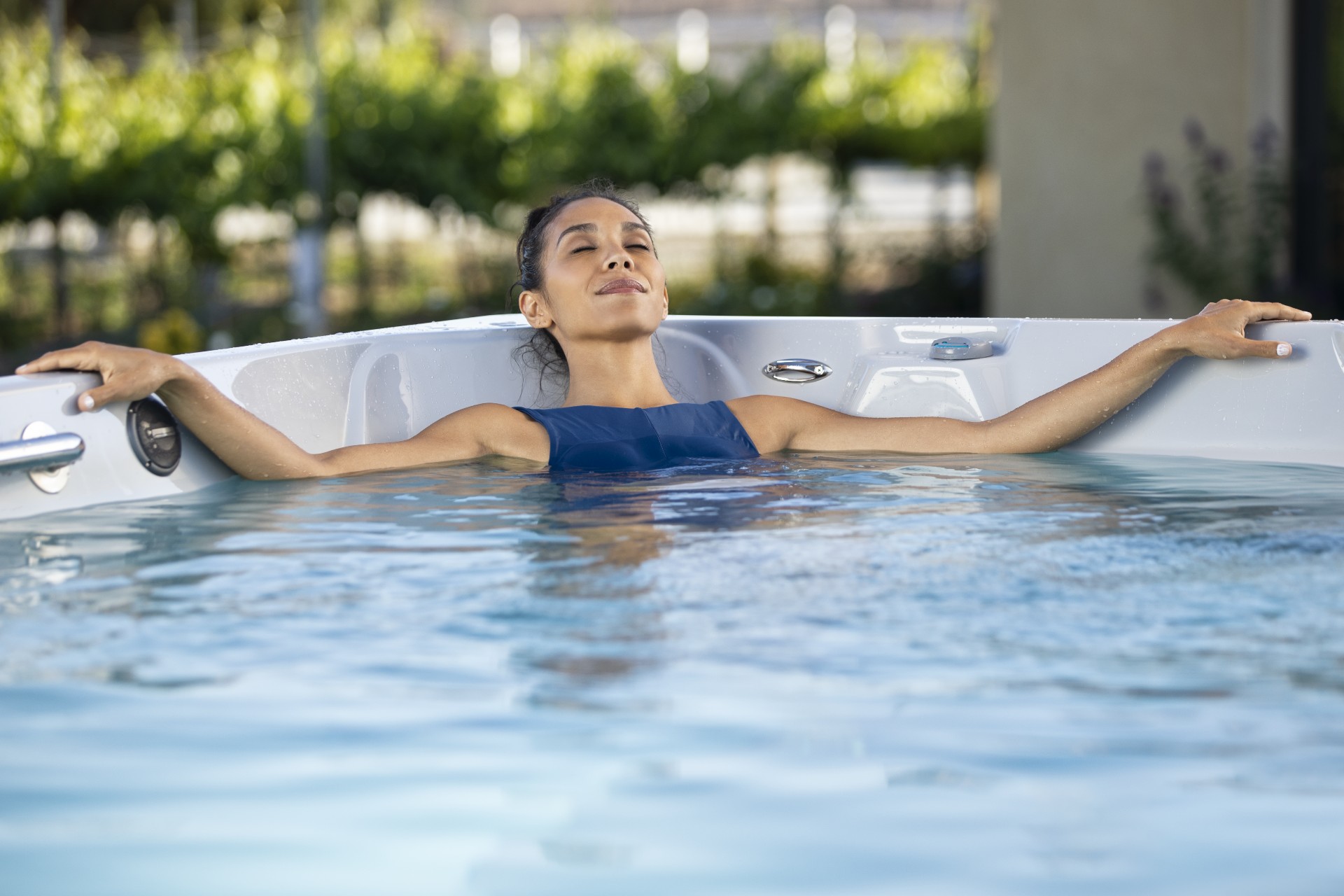
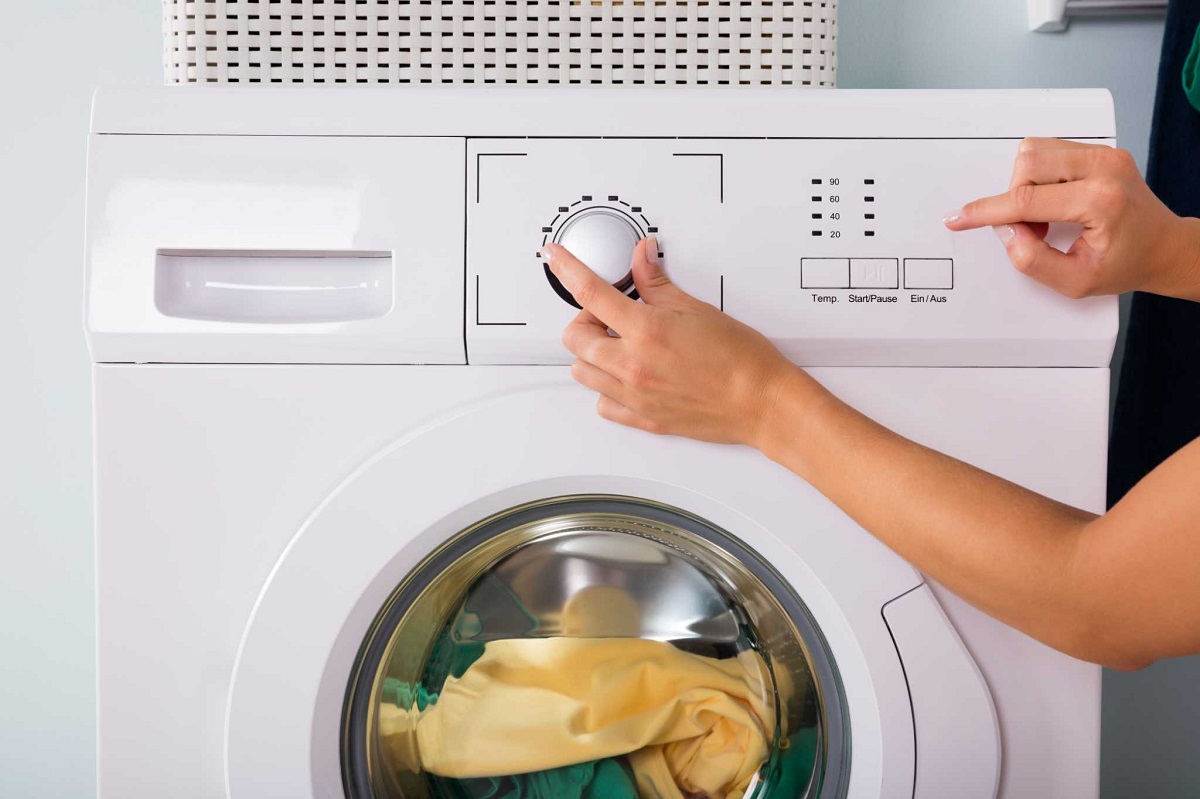

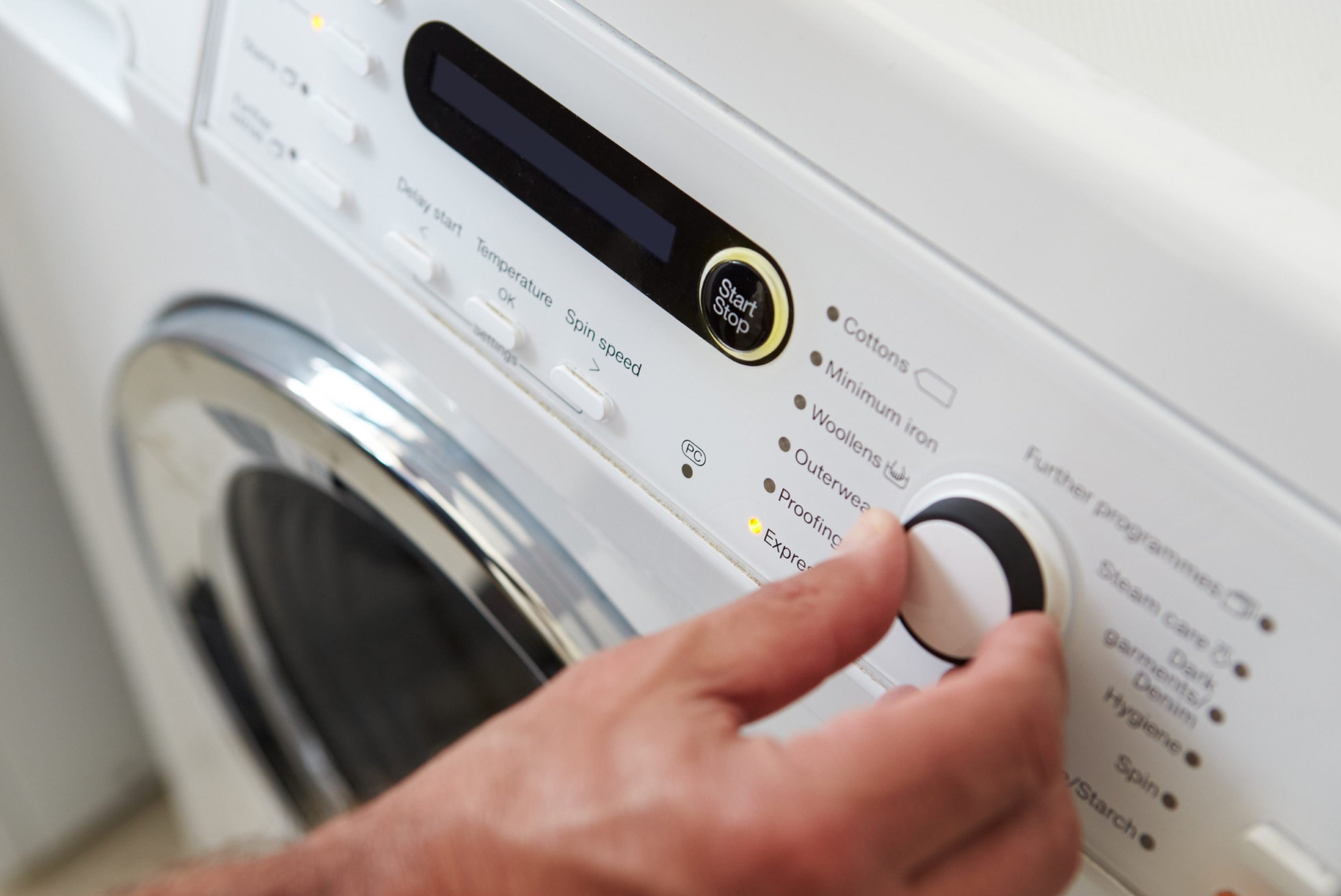
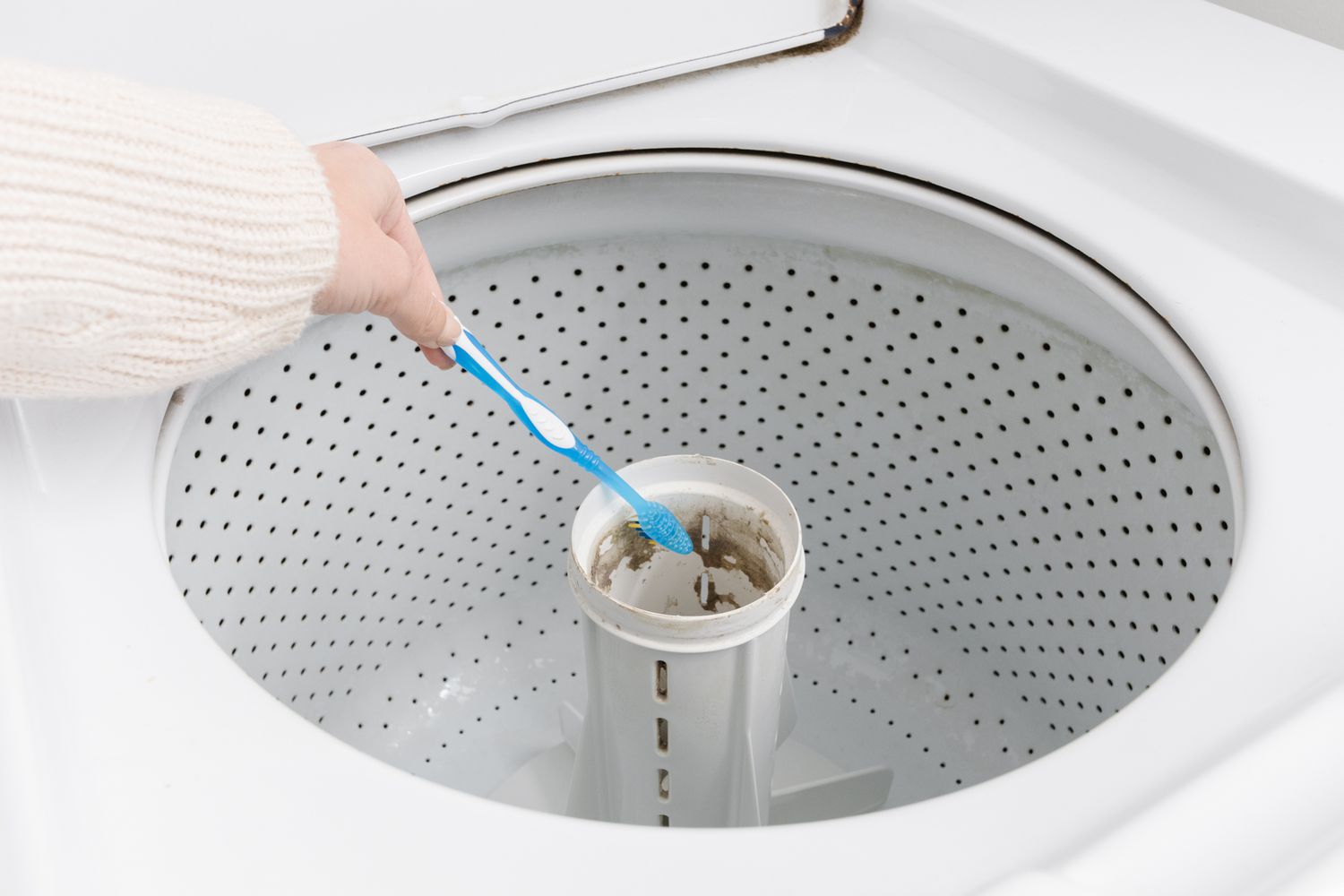



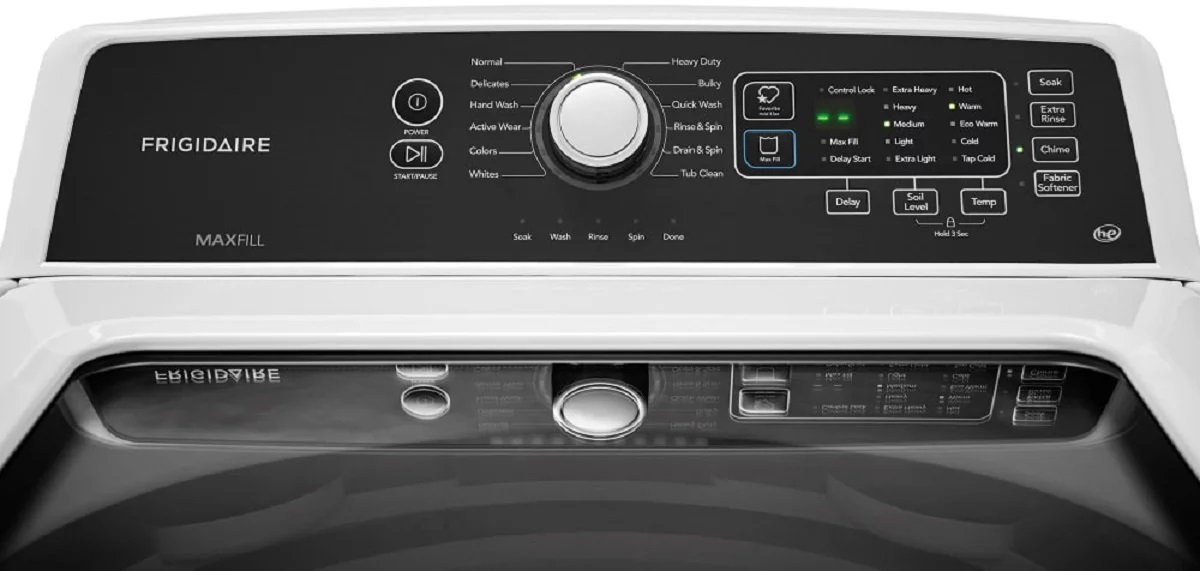

0 thoughts on “How Hot Is Warm On A Washing Machine”